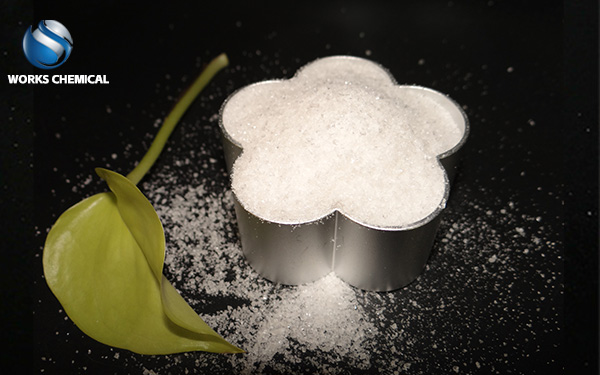
As a deep dewatering agent, sludge enhancer can significantly reduce the sludge treatment cost and improve efficiency for enterprises through technological innovation and process optimization. This is specifically reflected in the following core values:

One. Direct cost reduction: Double burden reduction in chemicals and disposal
The dosage of the medicine is reduced by 30% to 50%
Traditional chemicals (such as PAC+PAM) need to be added in large quantities to achieve sludge dewatering, while the dosage of sludge enhancers is significantly reduced through compound formula design. For instance, a certain municipal sewage treatment plant has reduced the dosage of chemicals from 15-20kg/tDS to 8-12kg/tDS, saving over one million yuan in chemical costs annually.
Reduce the sludge volume by 30% to 60%
Sludge enhancers can reduce the moisture content of sludge from 80% to below 55% and cut its volume by approximately half. Take a certain printing and dyeing sludge project as an example. The sludge disposal volume has dropped from 100 tons per day to 40 tons per day, and the transportation and landfill costs have directly decreased.
The service life of the equipment is prolonged and energy consumption is reduced
Sludge enhancers reduce filter cloth clogging and pipeline corrosion, extending the filter cloth replacement cycle from 3 months to 12 months and lowering equipment maintenance costs. Meanwhile, the reduction in sludge inlet resistance leads to a decrease in pumping energy consumption, and a certain factory saves over 500,000 yuan in electricity fees annually.
Ii. Efficiency Enhancement: Dual Breakthroughs in Time and Capacity
The dehydration cycle is shortened by 50% to 70%
The traditional process takes 6 to 8 hours to complete a single dewatering, while the sludge enhancer combined with the plate and frame filter press can reduce the time to 2 to 3 hours. The daily treatment capacity of a certain sewage treatment plant has been increased from 200 tons to 500 tons, and the utilization rate of the equipment has improved.
Quality upgrade of mud cakes: increased thickness and enhanced strength
The sludge enhancer increases the thickness of the mud cake from 15-20mm to 35-40mm, and the mechanical strength reaches 120-150N/cm². It can be directly used as raw material for building materials, avoiding rework caused by "runny" mud cakes.
Enhanced process adaptability
The sludge enhancer is suitable for sludge from multiple industries such as municipal, printing and dyeing, papermaking, and leather. It has no special requirements for pH value or organic matter, is easy to operate, and can be unattended all day long.
Iii. Resource Utilization Potential: From Cost Center to Profit Point
Replace traditional landfill and incineration
Sludge with a moisture content of less than 55% can be directly fed into cement kilns for co-processing, replacing clay raw materials, or used as low-grade fuel. A certain factory has generated an annual revenue of over 2 million yuan through resource utilization.
Expand the utilization scenarios of sludge
The sludge treated with sludge enhancer has a low moisture content and few impurities, and can be used in fields such as landscaping and soil improvement, further exploring its economic value.
Iv. Technical Advantages: Breaking through traditional bottlenecks in multiple dimensions
The combination of chemical conditioning and physical cell wall breaking
By neutralizing the charge through cationic polymers and breaking the cell wall with biological enzymes to release intracellular water, the limit of 60% water content in traditional physical dehydration is broken through.
Skeleton construction technology
The liquid skeleton material forms rigid channels, reducing the resistance to water migration. Combined with high-pressure dehydration, it achieves efficient solid-liquid separation.
Intelligent dosing system
By integrating equipment such as sludge concentration meters and viscometers, the dosage of chemicals is dynamically optimized to avoid cost waste caused by excessive use.